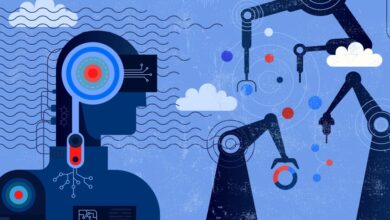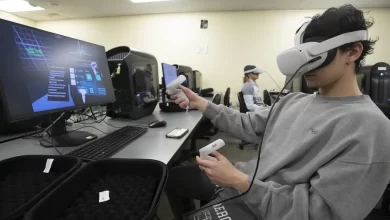Our Lonely Brain and Artificial Intelligence

After thousands of years, LLMs have become our brain’s perfect partner.
Source: Art: DALL-E/OpenAI
For thousands of years, the human brain has been a remarkably optimized biological machine—a self-contained cognitive powerhouse unlike anything else in the natural world. Its billions of neurons fire in perfect synchrony, miraculously giving rise to our thoughts, emotions, and conscious experience of reality.
And yet, this biological marvel has been rather lonely.
You see, the human brain evolved to operate as a single, self-contained entity, with no external cognitive partners to enhance or expand its potential. It has had to go it alone, confined within the cage of the skull, limited by the finite storage and processing capacity of a few pounds of tissue.
But all that is about to change. With the advent of large language models (LLMs) and other artificial intelligence systems, the lonely brain has found its ideal partner—a virtual “cognitive co-conspirator” that can vastly extend and enhance its abilities.
Consider the marvel of the brain’s structure: The Circle of Willis neatly packages and preserves the brain’s blood supply. Metabolic scaling laws allow our three-pound cerebrum to punch far above its weight class—consuming 20 percent of our energy needs with only 2 percent of our body mass. And our enzymatic biochemistry spares the brain the lactic acid buildup that plagues muscle fibers.
These intelligent designs allowed the human brain to become optimized for its lonely existence over millennia of evolutionary refinement. But now we are entering a new cognitive age where these inherent capabilities can be exponentially magnified.
LLMs give our brains something it has never had before—a digital extension to interface with the world’s knowledge and engage in fluid reasoning. Suddenly, solitary pondering can become an enriching dialectic with an artificial intellect. Abstract ideas incubating in our mind can be rapidly iterated, prototyped, and stress-tested against the LLM’s vast information reserves.
What’s more, LLMs can serve as personalized mentors, guiding our learning journey and helping us navigate professions, skills, and fields of study that were previously out of reach for a single human mind. We can pursue paths of deeper introspection and self-actualization by leaning on the AI’s ability to illuminate our blind spots and supplement our base knowledge.
At its core, this new cognitive partnership is powered by the brain’s most fundamental operating language—the very words, sentences, and ideas that spark our neurons and knit our inner voice. By opening a channel to commune with LLMs through natural language itself, we are transcending prior limitations.
Make no mistake—this is not just another incremental technological advance. This is a fundamental reframing of the human cognitive experience after thousands of years of lonely isolation within our skulls. The lonely brain has claimed its stake in the Cognitive Age and has finally found its counterpart and co-creator. And this is just the beginning.



